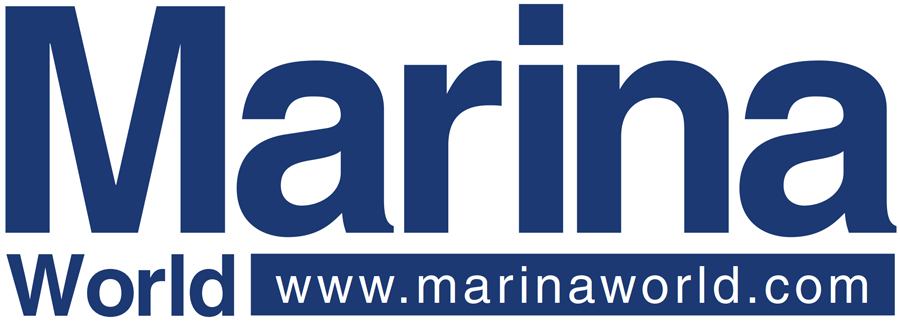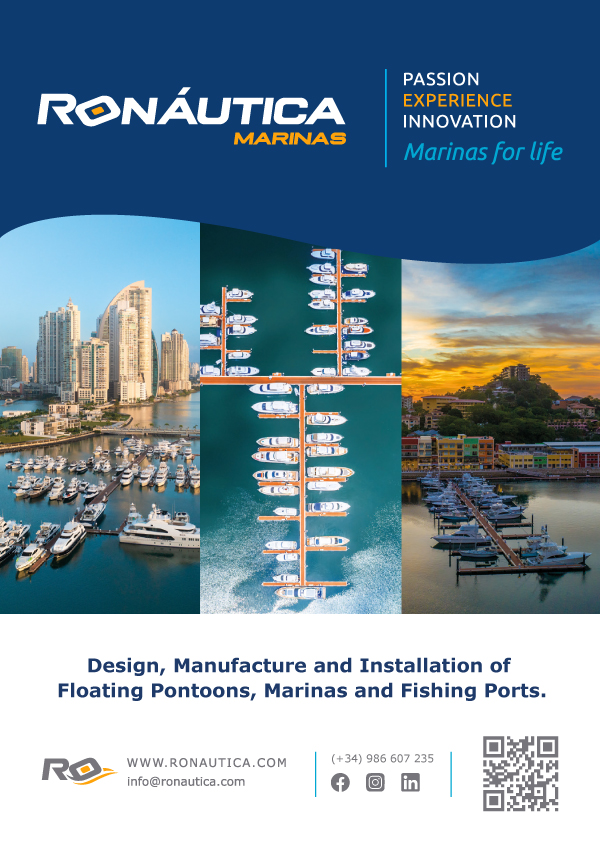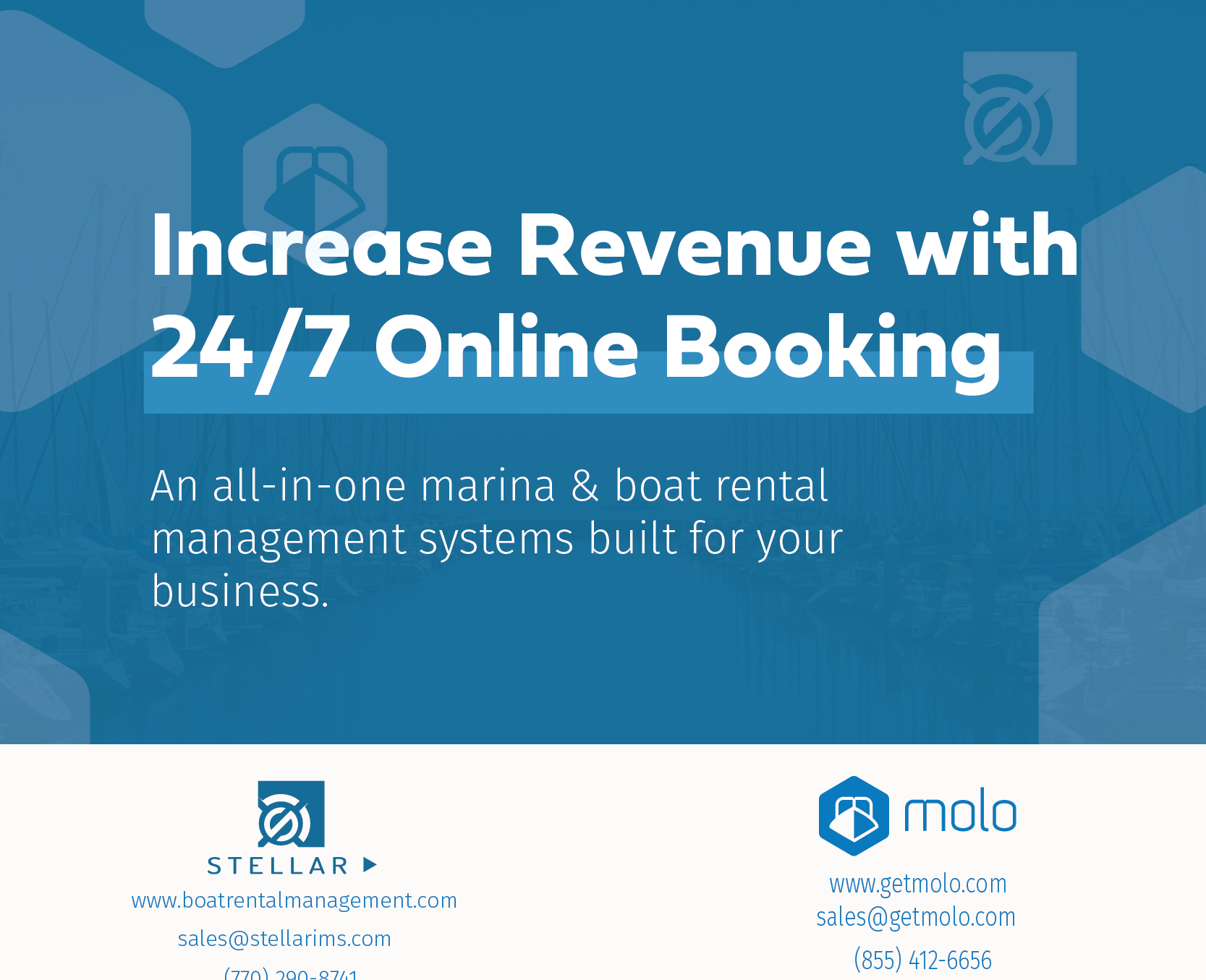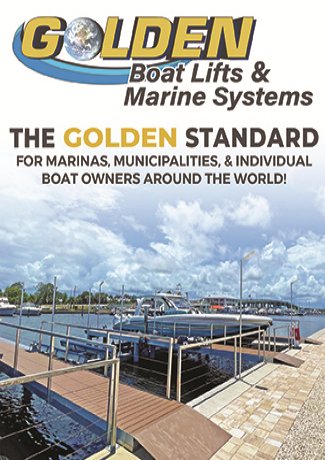Revising standards for a changing industry
by Mel Symes
The past decade’s growing societal challenges and shifting boating trends have prompted a significant evolution in marina certification. Criteria are being revised across the board to contend with climate resilience, increased regulation, technological advances, new boating markets and the need for better ocean stewardship.

TYHA’s Code of Practice and the Gold Anchor
Marina design consultancy firm Marina Projects is currently working with The Yacht Harbour Association (TYHA) on a major revision of its influential Code of Practice (CoP), due to be published in time for the ICOMIA World Marinas Conference in Venice this October. This document, which originally formed the basis of the Gold Anchor accreditation scheme, is being updated to reflect the modern international marina landscape and provide guidance for the future.
“The increased international use of the Code, coupled with its applicability to a broad spectrum of jurisdictions and operational factors (e.g. tidal differences, boating behaviour) is fundamental to the update and also renders it more appropriately structured as a Code of Practice, offering guidance and resource orientation, than as a standard with stricter parameters,” says Marina Projects managing director Mike Ward.
“Reaching across the industry, a stakeholder-led process already includes various working groups, discussions with infrastructure suppliers to incorporate structural design details, extensive stakeholder engagement, and benchmarking against existing codes and standards,” adds Simon Goodhead.
Ward describes the complexity of preparing a document that aims to be fit for purpose for the next couple of decades: “The current rate of change within the industry is unprecedented, compared with an industry that has been, up to now, fairly slow-paced. If we consider the uncertainty involved in changes coming to vessel propulsion as an example, we’re looking at what amounts to a space race for the best solution. Marina designers consequently face a significant dilemma in the early planning stages, catering for potential infrastructure developments (hydrogen, biofuels, electricity, etc.) with future needs still unknown.
In terms of future-proofing, we need to acknowledge changes in attitudes, with modern leisure boaters demanding a better quality of services. Beyond this, society’s increasing awareness of our environmental impact is also generating a requirement to adapt infrastructure and operations. Regarding the need to accommodate diverse and evolving fleet needs, we’re seeing that marinas might wish to explore adaptable pontoon solutions. If we analyse emerging markets, where the focus is on attracting more newcomers to boating, promoting a positive experience with wider fairways and more robust pontoons becomes an important consideration.”
Ward explains the relationship between marina design, the Code of Practice and Gold Anchor accreditation: “If the marina’s design and infrastructure provide the foundation for sustained operational excellence, the CoP comprises the methodology and then ongoing accreditation is the validation.”
Once the new CoP is published, the Gold Anchor Award scheme will undergo some revision in response to the new criteria. Directly involved in the task to update the CoP, TYHA’s general manager, Jon White, describes additional advantages for marina operators.
“One of the major benefits of accreditation relates to one of the most positive features of the boating industry. As a collaborative and relatively open community, the role of our assessors, who operate across 37 countries, is not merely to tick off boxes, but to transmit good practices, offer recommendations, and provide opportunities for applicants to make improvements before the final evaluation,” he says.
“Beyond this, we find that marina operators value an external and experienced perspective to check that they are steering the right course. Particularly in the case of individually owned marinas, where time is taken up with the everyday challenges of running a marina, it can be tremendously helpful to hear about how the industry is evolving and what is going on around you. In a broader context, the extensive international research and reflection involved in bringing the CoP up to date will help support the long-term sustainability of marinas across the industry.”
Blue Flag International
With over 35 years’ experience supporting marinas in their sustainable development efforts, Blue Flag, a programme of the Foundation for Environmental Education (FEE), is undertaking a revision of its global criteria within the framework of the FEE “GAIA 20:30” strategy. This initiative aims to enhance the programme’s focus on critical areas such as climate action, biodiversity preservation and pollution mitigation, incorporating insights from UN Tourism initiatives, WHO guidelines, and stakeholder input. The revised criteria will also elevate education, services, accessibility and safety, while striving to develop even more community engagement and responsiveness to local needs.
Furthermore, Blue Flag is adapting to operate in accordance with upcoming EU requirements and directives. This counts on an evolution of existing processes, which currently leverage a network of primarily non-profit civil society organisations, expert juries, together with on-site assessments. A cost-effective model for applicants up to now, the move to more of a certification dynamic may require the engagement of external auditors, potentially impacting costs – which the organisation is keen to keep to a minimum. Cost accessibility for marinas, regardless of their size, is also an important consideration to ensure continuity.
Another key strategic challenge lies in balancing the benefits of international harmonisation with the need for flexibility to accommodate diverse local contexts (conservation of Posidonia oceanica beds in the Mediterranean is one good example). As Blue Flag international director, Johann Durand, notes, “ensuring the relevance and capacity of global standards to retain an impact at local level is paramount.”
In terms of accessibility for new programme participants, Blue Flag provides comprehensive support, including a global repository of best practices, a network of national NGOs providing resources and methodological support, and workshops for knowledge dissemination. Involvement in initiatives such as the UN Tourism Glasgow Declaration for the Decarbonisation of the Tourism Sector, steers Blue Flag towards empowering local communities and stakeholders to develop climate adaptation strategies in destinations.
Blue Flag anticipates maintaining existing criteria for the near term, followed by a phased transition to the new framework. The organisation is actively collaborating with certification bodies, national accreditation bodies, and its network of national member organisations to manage this change.
Clean Harbours (Ports Propres)
“Ports Propres” (Clean Harbours) distinguishes itself from other international marina conformity assessment systems by being based on a formal, global standard—ISO 18725:2024, Requirements for clean harbours and active biodiversity harbours, coastal or inland marinas, mixed purpose harbours and dry stacks. This standard is objectively and independently verified by an official ISO certification body and revised every five years. Developed by UPACA (France) with representatives from 68 countries, ISO 18725:2024 is currently unique as the world’s only environmental ISO standard for marinas.
“Ports Propres” (Clean Harbours) certification was developed in 2008 and later extended to include Active Diversity Harbours (Actifs en biodiversité), a secondary tier that goes beyond general environmental management and pollution control and focuses on biodiversity preservation and enhancement. The ISO was published late last year, however nearly 50 French marinas have already embraced the new standard and achieved certification. The certification is given for a period of three years, with an inspection every year. Non-compliancy results in the ISO being withdrawn.
Véronique Tourrel-Clément, managing director of UPACA, sets out some of the attractions: “Marinas welcome the programme as it is valued by both boaters and local authorities as demonstrating a commitment to environmental stewardship. Moreover, and this was an unexpected benefit, it provides a unifying framework—the environment—for team management across all marina activities. It’s also been gratifying to see that marinas are increasingly opting to attain the full ISO and adopting both elements of the standard.
The ISO standard establishes a baseline for environmental performance, balancing the needs of all the stakeholders. To inspire even greater achievement, I’ve added an annex of optional Good Practices. These encourage marinas to go above and beyond, implementing measures such as wastewater recycling (exceeding the mandatory requirements for water and energy conservation), transitioning to green energy, and installing habitats like artificial reefs or nurseries, insect hotels, or planting native species in gardens to promote biodiversity.
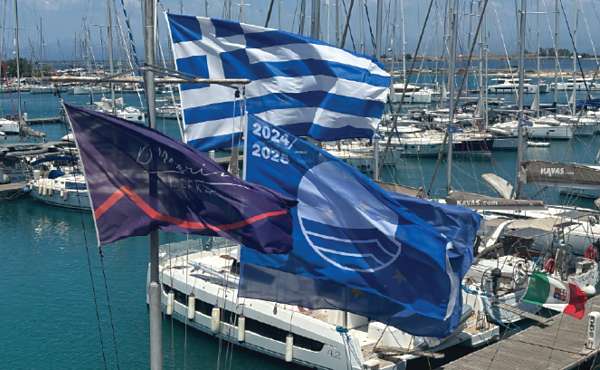
The FEE programme Blue Flag has been supporting marinas in their quest for sustainability for over 35 years.
A core goal of “Ports Propres” (Clean Harbours) is to create more accessible and inclusive marinas, acting as centres for environmental awareness, communication, and biodiversity initiatives. Meeting the standard’s criteria requires marinas to actively seek the expertise of universities, research institutions, and conservation associations, and communicate effectively with all stakeholders. Undertaking this work and establishing local solutions helps reduce the environmental impact of marinas, protect natural resources and increase environmental awareness in local communities.
Blue Star Marina
The Blue Star Marina programme is owned by Belgium non-profit association, the International Marine Certification Institute (IMCI). Like Gold Anchor accreditation, opportunities for marinas start with a basic entry-level option and extend to 5 Blue Stars or certification with various levels of the ISO 13687.
IMCI is also currently revising its criteria having recently introduced separate awards for winter storage and yacht services. The association is also progressing towards finalising a new environmental award that can also be obtained retrospectively for those marinas that already fly the Blue Stars flag.
IMCI’s marina certification manager, Falk Morgenstern, himself an experienced marina manager who secured 5 Blue Stars for his marina, explains: “Our certification serves as both a mark of quality for customers and a powerful tool for marina owners and managers seeking operational improvements. While particularly relevant for larger superyacht marinas and groups, the benefits extend to all marinas.”
He recognises, however, the amount of work involved in earning certification: “Although implementing the programme requires a fair amount of initial effort, the long-term gains are substantial: improved marina profile and reputation, streamlined internal processes, simplified daily work for staff, and a strong external framework.”
Morgenstern also believes that future boaters will wield their consumer power like supermarket shoppers, demanding environmentally responsible and high-quality marinas. In that scenario, “a marina needs to be authentically certified to validate their claims of management and environmental responsibility and build trust with their customers.”
A part of the revision, IMCI is also responding to interest from other countries to set up the award on a more international basis and he invites marina groups to get in touch.
